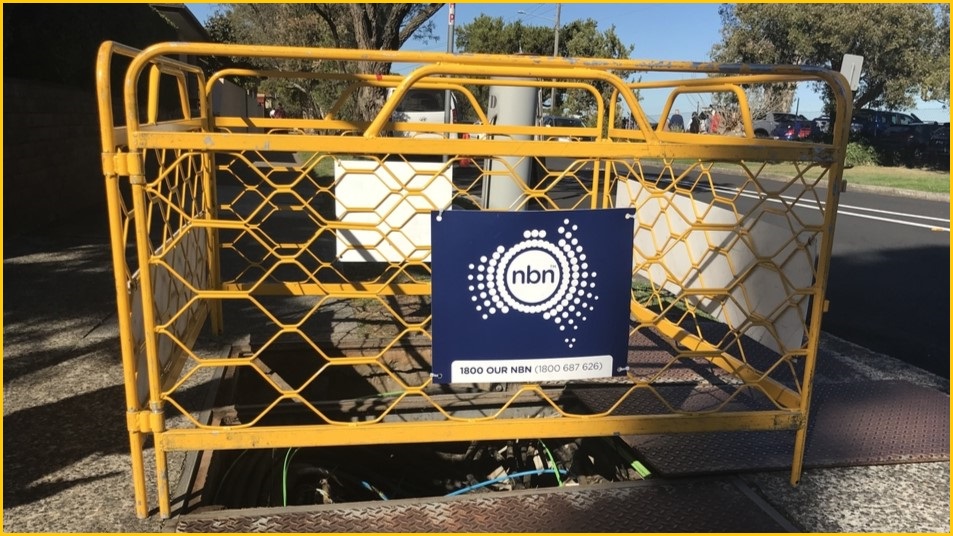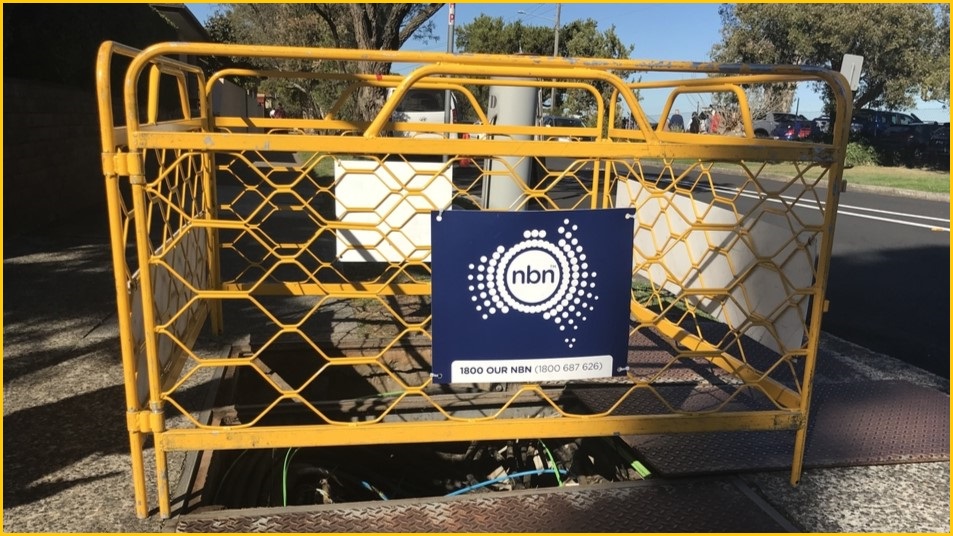
Faster internet, anyone? Photo: Shutterstock
Millions of Australian homes and businesses are enjoying significantly faster speeds after NBN Co this week made good on a promise it made 18 months ago, turbocharging users with fast fibre to the premises (FTTP) and hybrid fibre coax (HFC) services – for free.
The boost – which NBN Co has called ‘Accelerate Great’ – comes as Australians connect more devices in home and workplaces, increasing overall demand by 8 times over the past decade as streaming channels, video calls, cloud services, and online gaming took off.
The average Australian NBN user downloaded 508GB of data in June, up 10 per cent compared with 460GB a year earlier.
“Speed matters,” the company said, with chief customer officer Anna Perrin adding that the uplift will “support Australian homes and businesses to stay ahead of the curve and handle the data demands of today, and the years to come.”
Why is NBN Co doing this?
NBN Co has been working to upgrade most premises to fibre, which is easier to manage and provides faster broadband than the now obsolete fibre-to-the-node (FTTN), fibre-to-the-basement (FTTB) and other technologies it used in the past.
Last year, it committed to boosting connection speeds as a “response to the step-change in technology adoption and usage in Australia and globally,” the company said as it teased free upgrades that “leverage the growing capabilities of fibre connectivity.”
It’s about more than altruism, however: NBN Co has been trying to increase its revenues to pay off the billions of dollars’ worth of debt that it borrowed from government and private sources to build and operate its network.
To do that, it needs to increase the average revenue per user (ARPU) that it earns – which has stayed stable for years – but the only way to do that is to run FTTP to more homes and businesses that will pay more for the faster services it enables.
Those services are impossible to deliver homes and businesses stuck on outdated and expensive FTTN, so NBN Co has been migrating old services to FTTP as quickly as it can – and Accelerate Great is a carrot to get property owners onboard.
Who is eligible?
If you already have FTTP or HFC, and you’re among the 2.8 million customers with 100Mbps or faster services – around 35 per cent of all installed NBN services – you’re already eligible for the boosted speeds, and NBN Co has already boosted your speeds automatically.
If you’re on fibre but running a slower 25Mbps or 50Mbps broadband plan, you need to upgrade to a plan running at 100Mbps or faster to access the new speeds.
If you’re not on fibre or HFC, you need to check with NBN Co to see if you’re eligible for an upgrade to fibre; many ISPs are bundling a fibre upgrade with the new plans to make it easier to switch.
If you’re using a fixed wireless or satellite NBN connection, you’ll have to sit this one out – although NBN Co has been working to increase fixed wireless and satellite speeds too.
How much faster are we talking here?
There are three different speed bumps depending on what service you have already:
If you currently have this plan…
Your new broadband speed will be:
nbn Home Fast II
Currently running at 100/20 Mbps
500/50 Mbps
(downloads 5x faster, uploads 2.5x faster)
nbn Home Superfast
250/25 Mbps
750/50 Mbps
(downloads 3x faster, uploads 2x faster)
nbn Home Ultrafast
500Mbps to 1Gbps/50Mbps
500Mbps-1Gbps/100Mbps uploads
(uploads 2x faster)
NBN Co has also introduced two new 2Gbps speed tiers: nbn Home Hyperfast – which offers 2Gbps downloads and uploads of either 200Mbps (on FTTP connections) or 100Mbps (on HFC) – and a 2Gbps/500Mbps business service called nbn Business 2000 Pro.
Remember that the network inside your home also needs to support the faster speeds, so review your network and WiFi configuration – consider upgrading to modern Wi-Fi 7 devices – to ensure the new speeds deliver a better experience for your company or family.
Is it going to cost me more?
NBN Co is offering the speed upgrades for free, so if you’re already on a 100Mbps or faster service you won’t have to pay any extra for the additional speeds – unless you want the new 2Gbps plans, in which case your ISP can provide the new pricing.
NBN Co’s wholesale pricing currently sits at $58.53 per month (for 25/5Mbps FTTN to 500/50Mbps FTTP plans) to $126.50 per month (for 1Gbps/400Mbps) and $150 per month for the fastest 2Gbps/500Mbps service.
Remember that NBN Co is a wholesale network provider, so it is selling its services to ISPs that mark up the cost of its services; most ISPs have taken the opportunity to overhaul their prices and many offer introductory discounts for new customers.
ISPs like Telstra, Optus, Dodo, iPrimus and others are keeping prices steady, for example, while Aussie Broadband and Superloop are offering introductory discounts and Exetel is offering a new flat-rate 500/50Mbps plan for $80 per month.
“This is one of the most significant NBN upgrades in years,” said Andy O’Connor, general manager of fixed line product at TPG Telecom, which launched “aggressive” 500Mbps pricing of $64.99 per month (reverting to $94.99 monthly after 6 months) and a mesh WiFi option.
What if I’m happy with my current speeds?
That’s perfectly fine, too.
NBN Co is maintaining its entry level 25Mbps and 50Mbps plans, and will continue supporting current services until it finally convinces you to switch to fibre – although given years of complaints about FTTN, it may not take much convincing!
If you’re like most people, you may not have given your broadband much thought for a while: NBN Co says 62 per cent of Australians haven’t changed their home Internet setup in the last two years, and that two-thirds haven’t upgraded their plan in the past five years.
Now is a great time to change that: intense price competition between ISPs means that even if you don’t want to pay more for your broadband, you can probably get more value for the same money – or find a cheaper plan that better suits your current needs.
To see where you’re sitting against current offerings, drop by a broadband comparison site like Finder, WhistleOut, Canstar Blue, or Compare Broadband to find out what option best matches your current requirements.

